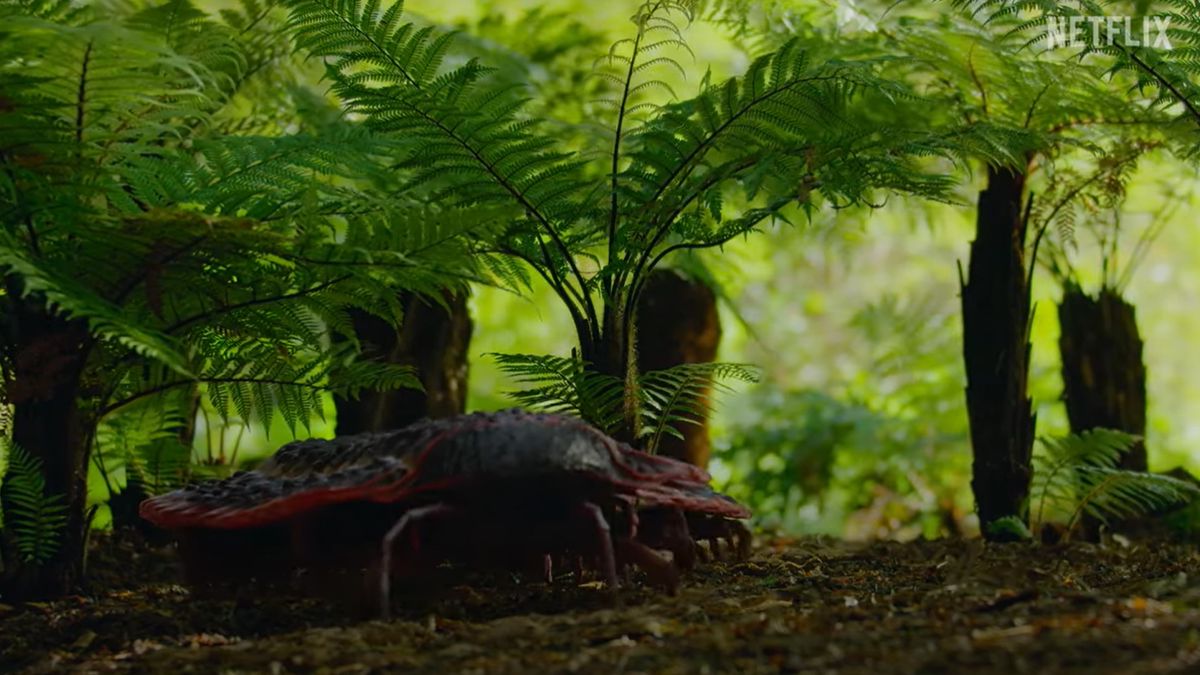A remarkable fossil has been unearthed, revealing the head of Arthropleura, a gigantic millipede-like arthropod that roamed the Earth approximately 346 to 290 million years ago. This creature was one of the largest arthropods ever recorded, measuring up to 8.5 feet (2.6 meters) in length. The discovery, made in Montceau-les-Mines, France, marks the first time the head of Arthropleura has been found and sheds light on the longstanding evolutionary questions surrounding this ancient organism. Mickaël Lheritier, a paleontologist at Claude Bernard Lyon 1 University, emphasized the importance of this find, particularly the new insights it provides into the creature’s anatomical features.
The fossil comprises two juvenile specimens of Arthropleura, meticulously preserved in rock. Researchers utilized advanced CT scanning technology to examine the fossils, revealing distinctive features such as stalked eyes and mandibles reminiscent of those found in centipedes. These characteristics had perplexed scientists for years, as Arthropleura exhibited traits common to both millipedes and centipedes. The new evidence offers a clearer understanding of where Arthropleura fits within the complex arthropod family tree, bridging gaps in our knowledge of its evolutionary history.
The unique features of the newly discovered head provide valuable insights into the life cycle of Arthropleura. The presence of stalked eyes is particularly intriguing, as such adaptations are typically associated with aquatic species rather than terrestrial arthropods. This has led researchers to propose that juvenile Arthropleura may have been semi-aquatic, potentially spending part of their early lives in water before transitioning to a land-based existence as adults. This revelation adds a fascinating layer to our understanding of how these ancient creatures adapted to their environments.
Overall, this discovery not only enriches our knowledge of Arthropleura but also enhances our comprehension of the evolutionary trajectories of ancient arthropods. By piecing together the anatomical features and possible life habits of Arthropleura, scientists are beginning to unravel the mysteries of prehistoric ecosystems and the diverse forms of life that inhabited them. As research continues, this fossil could pave the way for further exploration into the evolutionary links between ancient and modern arthropods, opening new avenues in the study of life’s history on Earth.


















